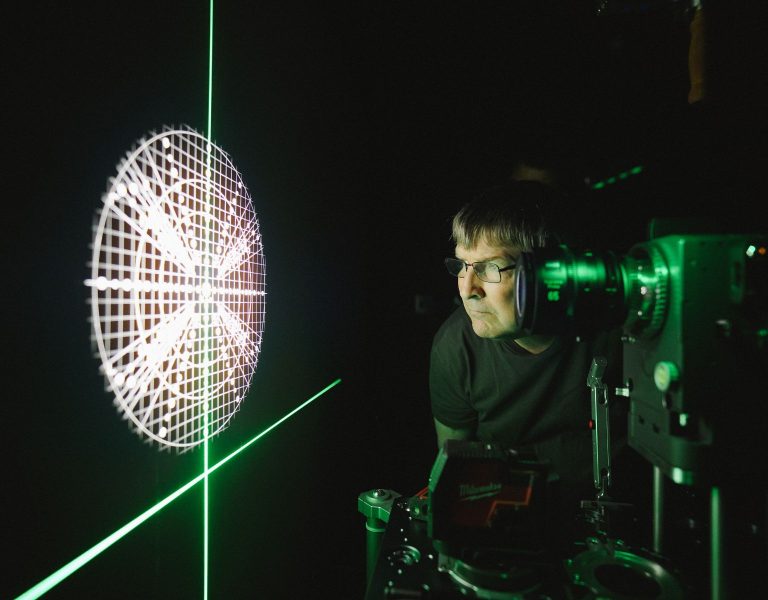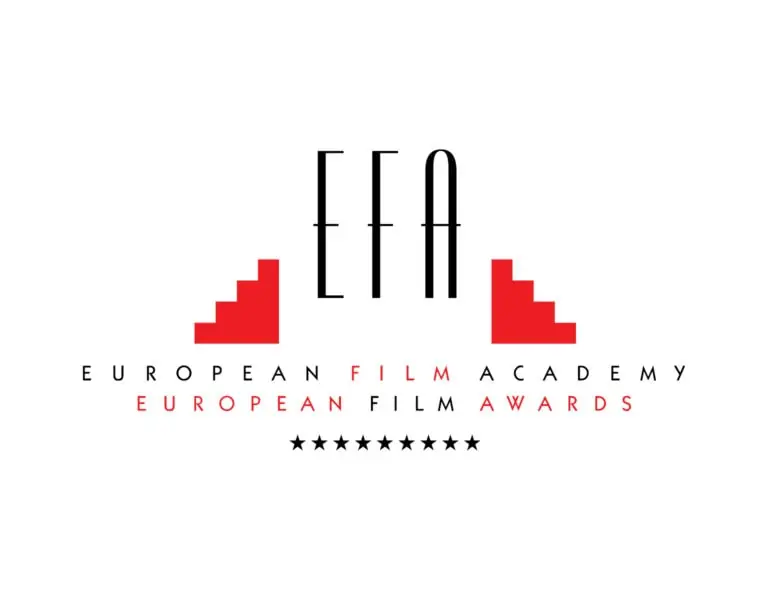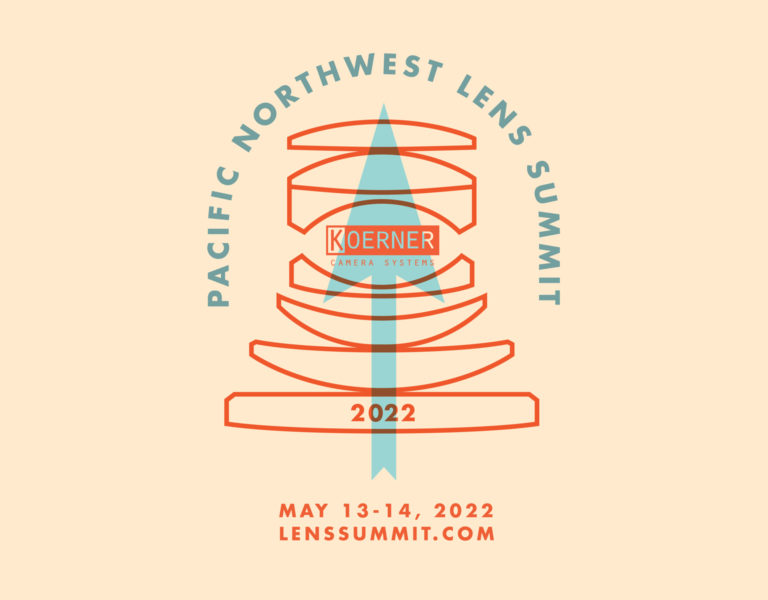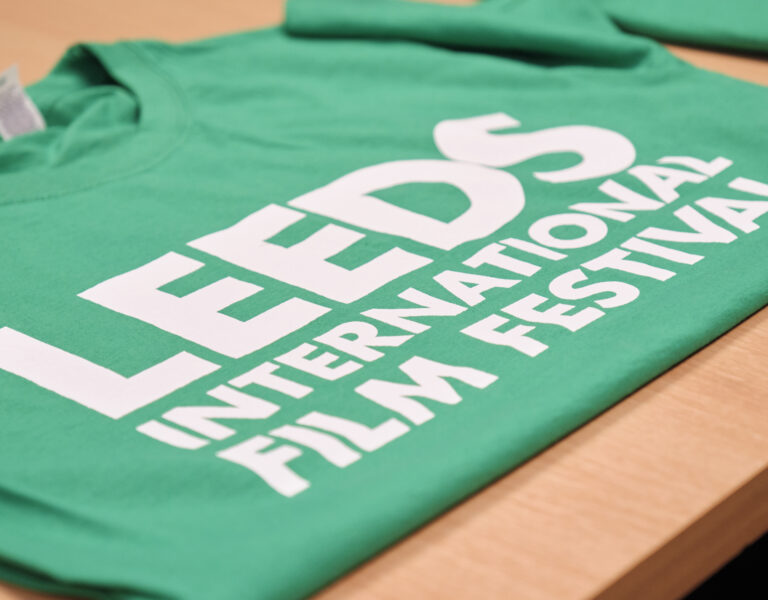Art of glass
Celebrating cine optics at the first European Lens Summit.
A festival atmosphere greets guests arriving at CVP’s Brentford headquarters for the inaugural European Lens Summit (ELS). Squint and it could be Coachella: the sun has made an appearance, an incredible line-up is set to take to the stage, and there’s an amazing smell of pizza wafting from the pop-up food stalls that have transformed the car park into a buzzy piazza. Forget Harry Styles, though; what everyone’s here to see is a masterclass in glass.
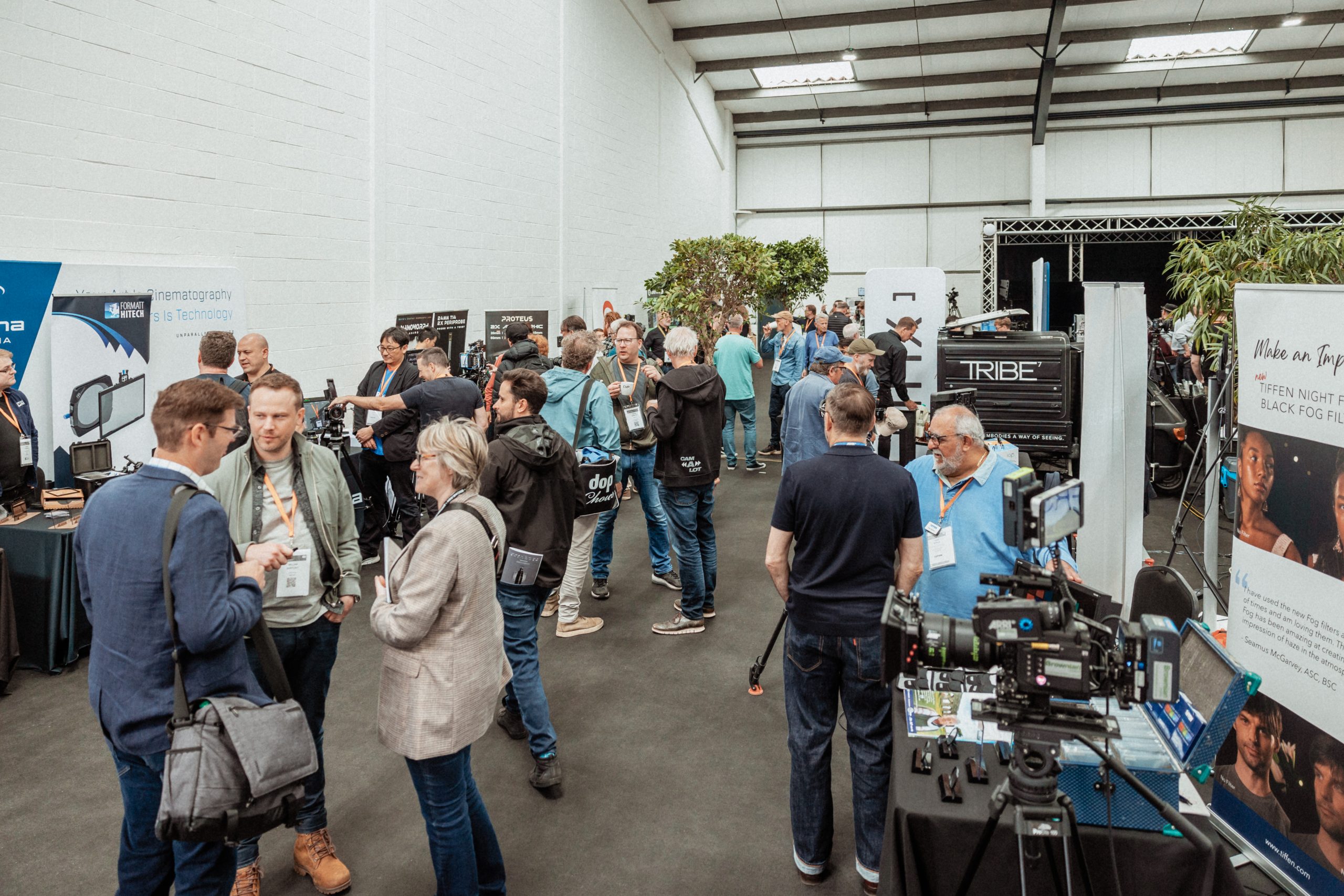
Unlike larger tradeshows, the free-to-attend ELS focuses on knowledge-sharing rather than sales – an ethos cultivated by the event that inspired it, the Pacific Northwest Lens Summit, launched in 2017 by Koerner Camera Systems. Aware of the demand for lens technicians, owner Michael Koerner wanted to create an event dedicated to cine optics, where technicians and other members of the camera department could benefit from training and relationship-building opportunities.
“One of the concepts behind the event was education in the form of lens technical training, and don’t mean ‘how to clean a lens’ training,” Koerner explains in his introduction to the ELS. “We are talking about in-depth procedures on a specific lens like servicing a Fujinon 19-90mm, replacing cam followers on Cooke primes or a retro class on a Zeiss Super Speed tear down.” This is reflected in the ELS’ broad range of seminars and workshops, pitched at both working lens technicians and the wider camera department.
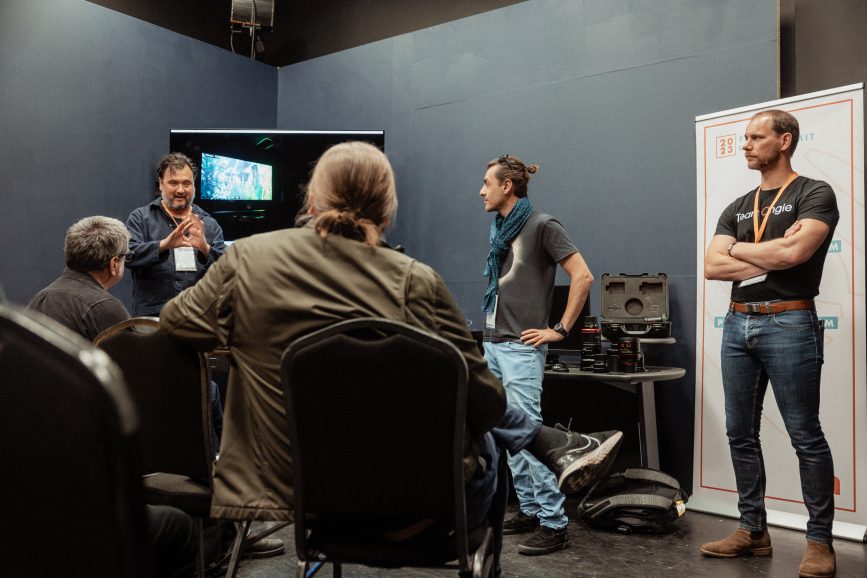
The stateside summit morphed into a virtual event during the pandemic, before returning to physical form in May 2022 at Koerner Camera’s Portland, Oregon rental facility. “We even had one of the CVP partners come over last-minute… As Yevy (Subbotin, CVP director) was leaving I said, ‘Why don’t you host Lens Summit next year in London and get more people together?’ And, here we are…” says Koerner.
Over the busy weekend, attendees took part in two packed days of seminars and workshops, complemented by a healthy exhibitor turnout including lens and filter manufacturers, lens test equipment and accessories. Sessions were rotated across both days, so if attendees could only make one day, then they wouldn’t miss out.

The Main Stage programme kicked off each morning with Ryan Avery’s fascinating insight into optical diffusion. Optics specialist Avery explored the “three tenets of filtration” – halation, contrast and resolution – and compared the effects of different filters, aided by visuals from Richard William Preisner’s Lens and Filter Library as well as stills from shows including The Marvelous Mrs. Maisel, on which M. David Mullen ASC used Hollywood Black Magic filters. He rounded off his talk with his “Diffusion Commandments”, including “Thou shall shoot wide aperture with resolution filters (under T5.6 if possible)” and “Consider content display, less is more with theatrical release versus social media content.”
After lunch – free for attendees, with pizza courtesy of Fujifilm, ice cream from Canon, and coffee from Tribe7 – ASC associate member Jay Holben took to the stage, albeit virtually due to a passport issue. Holben, the esteemed author of The Cine Lens Manual along with Christopher Probst ASC, led a rapt audience through the history of cine lenses, from the late 1890s to the present day via the early lens pioneers, the rise of anamorphics, and the digital revolution. He also looked to the future of optics, including the advent of 3D printing and the promise of metalens technology (flat lenses which use nanostructures to focus light). “It’s going to be a very long time before these are potentially incorporated in photographic lenses, but it’s a very interesting concept that provides extraordinary optical performance in a very small space,” he commented.
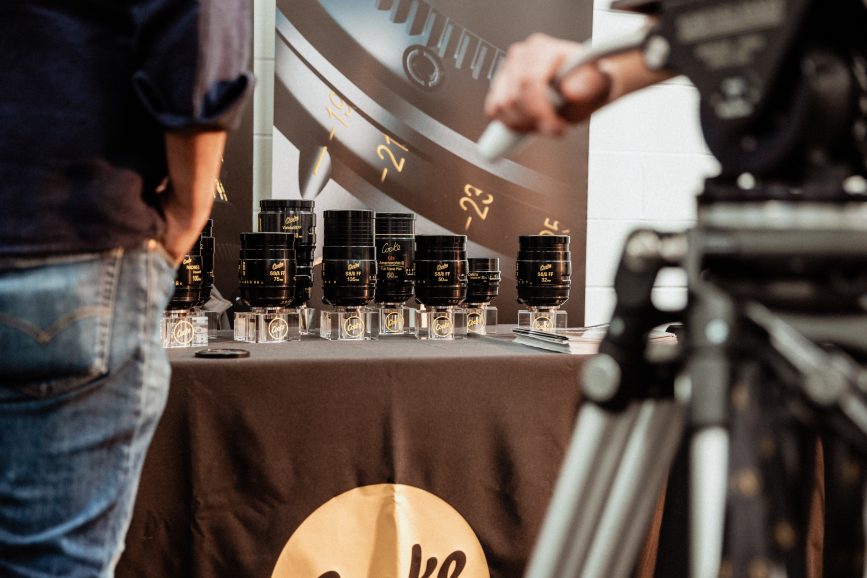
Dan Kanes, CEO of Atlas Lens Co. (and self-confessed “recovering cinematographer”) rounded off the day with a deep dive into anamorphic glass. ‘Anamorphic lenses past, present and future – 3rd order consequences of the cinematic kind’ delved into the genesis of the glass, now a cinematic staple, and how Atlas came to be.
Other lens manufacturers led seminars and practical sessions across each day, including an introduction to Angénieux’s Optimo Prime Series and Creative IOP (Integrated Optical Palette); the art of lens testing with Chrosziel; basic service training on Leitz Primes and Hugos; and using real-time lens metadata within a virtual production environment with Zeiss.
CVP’s own talks included ‘Making it Sharp: Collimating, Shimming and Benching Lenses to Achieve Correct Back Focus’ with Ben Cridge, and an insight into the brand’s Lens Coverage and Camera Comparison Tool with Sam Measure. For the uninitiated, this nifty webpage allows filmmakers to quickly compare how different lenses will cover a camera, or the varied coverage of different cameras with the same lens.
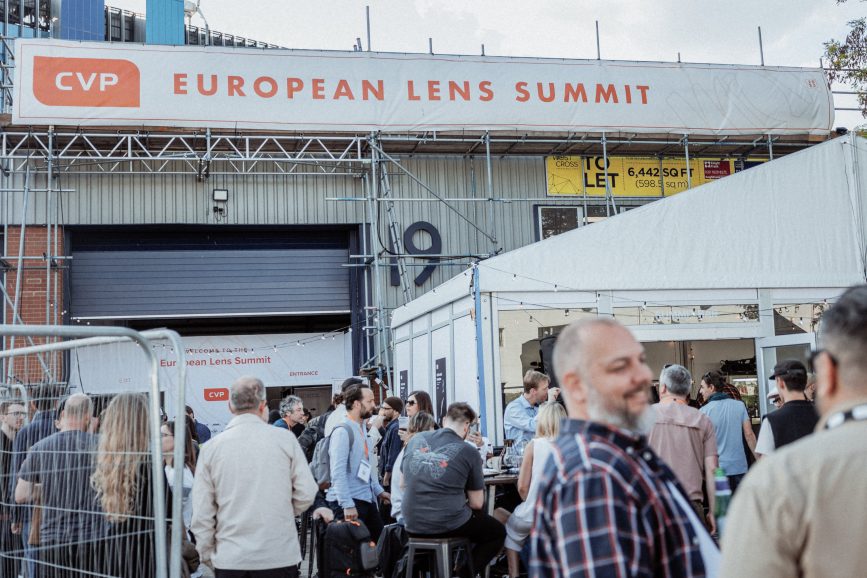
THE EUROPEAN LENS SUMMIT IN NUMBERS:
- Exhibitors = 26
- Sessions = 32
- Ice creams = 420
- Pigs = 1
- Pizza = 420
- Attendees = 304 (unique / clean)
- Overall attendees = 517 people attended sessions ( people came back over both days)
- Coffees = 380
- Beers = too many to count!
- Lens from outer space = 1







